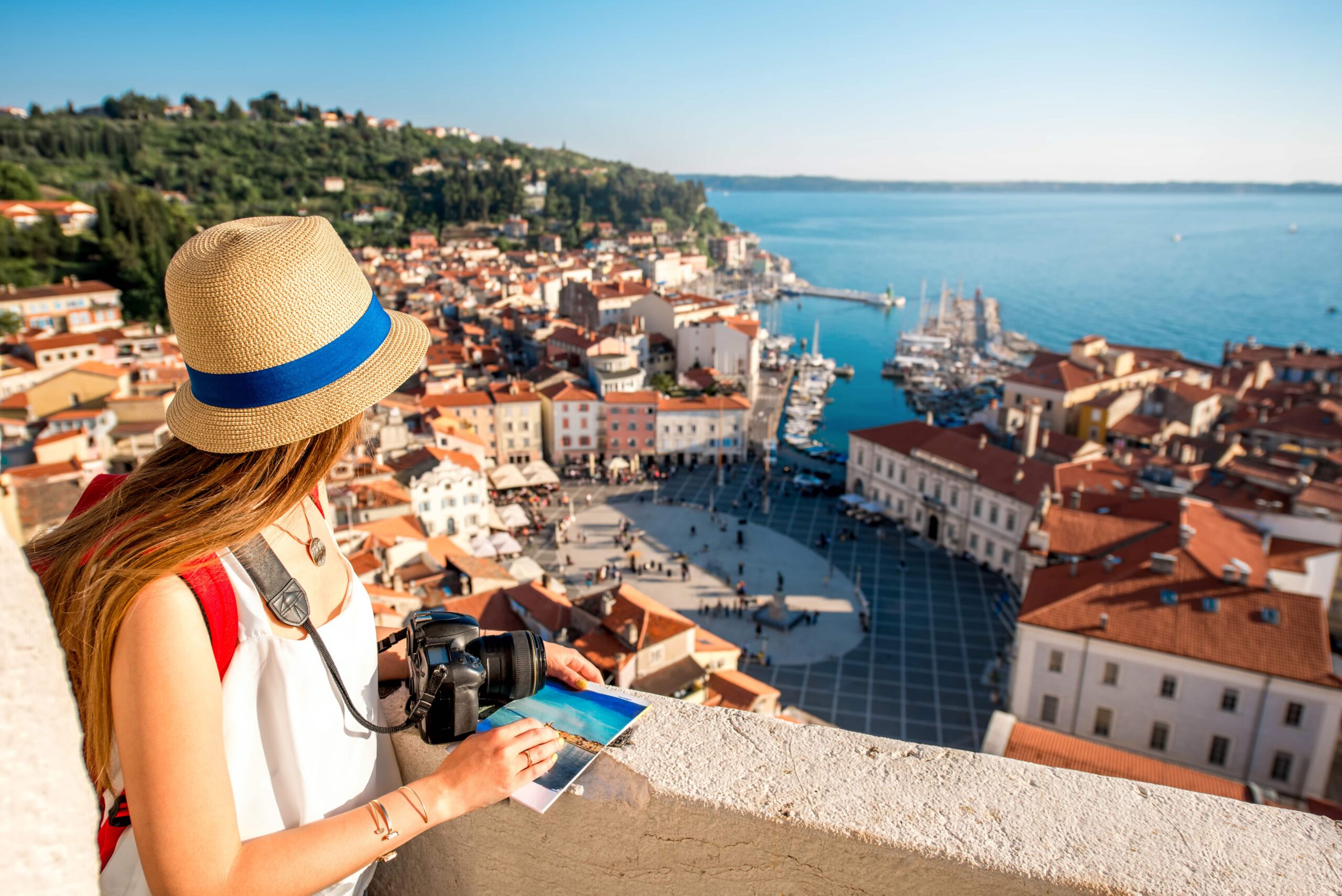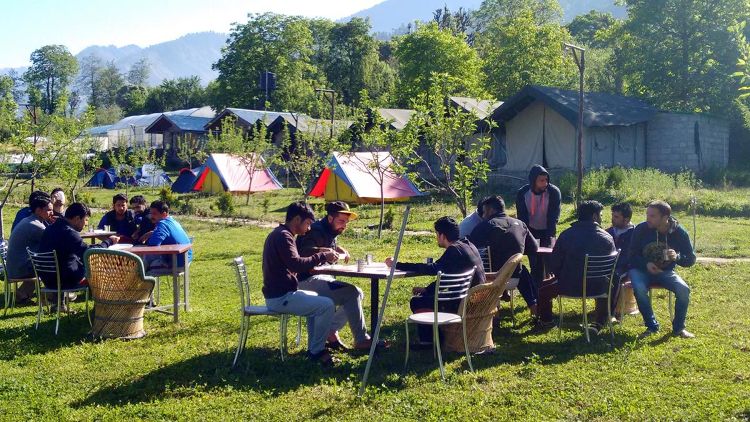All about the Kullu Tour : Things to Do and Remember
Kullu is a beautiful valley in the Himalayas with stunning views of the hills, narrow meandering rivers, and expansive vistas of majestic mountain peaks. There are numerous things to do in Kullu that draw a lot of tourists in addition to the stunning sights, numerous places to visit, and numerous attractions. Dining in quaint cafes with a view, paragliding, trekking, Camping in Kullu and other activities There are plenty of things to do in Kullu. It is one of India’s most popular tourist destinations, equally popular with families, friends, and romantic couples. A comprehensive list of things to do in Kullu is provided below. Check it out!
River Rafting in Kullu
Kullu, Manali River rafting on the River Beas is recommended for both experienced and novice rafters. The rafting section begins in a small district known as Pirdi and travels through a number of towns and cities, including Bajaura, Sarabai, Bhuntar, Shamshi, Mohal, Raisol, and Katrain.
In Manali, a lot of companies organize the sport of rafting and rent equipment like a raft, helmets, life jackets, and oars. Campfires, bonfires, and tent lodging are available upon request. Rafting in Kullu-Manali costs between INR 500 and INR 2000 per person. You also have the opportunity to visit Manali lahaul.
Things You Need to Know Before Going Rafting in Manali:
- Proof of identity,
- a water bottle,
- sturdy footwear,
- additional outfits, and a waist pouch for a first aid kit (in case of emergency).
Pandoh Dam
Numerous people gravitate toward the dam-created artificial lake. Due to the location’s breathtaking beauty and abundance of greenery, vacationers traveling to Manali have access to an ideal spot near the dam for taking stunning photographs. You need to get there at the right time if you want to see the water flowing. It’s a treat for the eyes to see water flowing out of the vessel. In addition, you can gaze into the dam’s greenish-blue waters to admire the lovely water birds. Another favorite activity is rafting, which is usually done in the lower bed.
The 38-kilometer-long Pandoh Dam is part of a run-of-the-river power design that redirects water from Beas toward the southwest. The water from the dam is used to generate electricity at the 990 MW Dehar Power House prior to being released into the Sutlej River. The Bhakra Beas Management Board is in charge of the dam. NH 21 is the road that goes over the dam. Due to the abundance of nearby attractions, Pandoh Dam attracts a lot of tourists. River Beas, Hadimba Temple, Solang-Nullah, Beas Kund, Jogini Falls, Solang Valley, Manikaran Sahib, and Naggar Castle are a few of the nearby attractions.
The Great Himalayan National Park
The Great Himalayan National Park, is located in the Kullu region of Himachal Pradesh. The Great Himalayan National Park is home to more than 375 species of fauna, including 31 species of mammals and 181 species of birds. In 1999, the Great Himalayan National Park was made a national park. The presence of Deodar and Oak trees enhances the beauty of this part of the national park.
The park’s isolated location has ensured that the villages within it have their own distinct culture. There is a deity for each village inside. Additionally, fairs are held in April, May, August, and September.
To visit the Great Himalayan National Park, you need a permit. The Shamshi head office as well as the range offices at Ropa in the Sainj Valley and Shairopa in the Tirthan Valley are the places to go to obtain permits for the park’s core zone.
Within the GHNP, there are various levels of trekking that can be done. All four of the park’s valleys—Tirthan, Jwar Nala, Parvati, and Sainj—are the sites of moderate to difficult multi-day treks. For treks that are held on different days, tourists must first obtain permission from park officials.
Things You Need to Know Before Going to the Great Himalayan National Park:
1. It is recommended that visitors to the Great Himalayan National Park who will be there for more than a day purchase medical insurance that will pay for emergency treatment.
2. The trekkers ought to employ certified porters and guides.
3. Avoid disturbing the park’s wild animals and be wary of prickly plants.
4. Within the park, you must not litter.
5. Before taking pictures of the villagers and tribals who live in the ecozone, get permission first.
6. When you go to the park, dress in a modest manner.
7. The Great Himalayan National Park prohibits smoking.
Raghunath Temple
Raghunath Temple, Kullu The Raghunath Temple is one of the main attractions in the stunning hill town of Kullu. The temple is associated with Lord Rama in an ancient legend. The idol of Lord Raghunath that is housed here is said to be identical to the one that Rama used. The Raghunath Temple’s design and architecture are influenced by the Pahari and Pyramidal styles, despite the fact that the legend gives it a lot of meaning. In addition to the temple’s spiritual atmosphere, the surrounding landscape and views are equally captivating. The oldest temple in the valley is a source of much celebration and color during Dussehra, but it also holds a significant religious significance to the locals.











